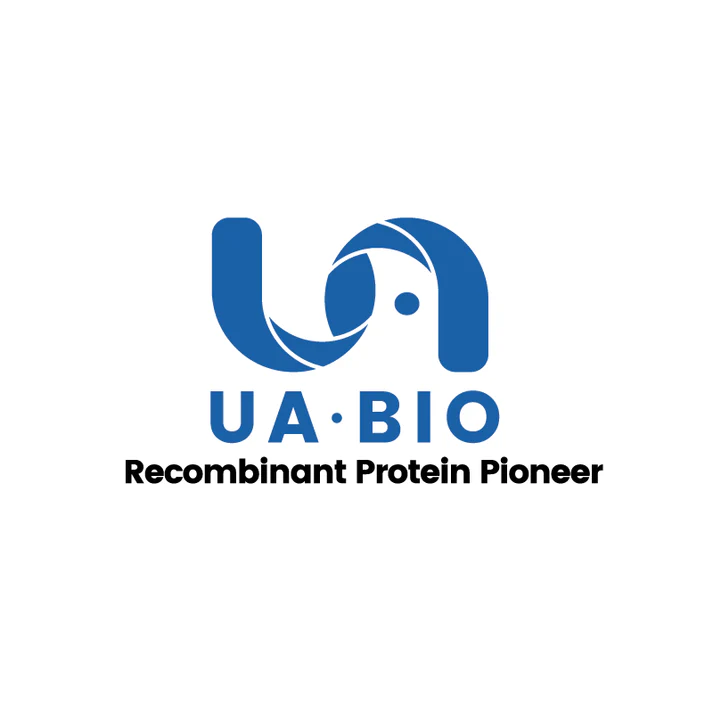Measured by its ability to induce apoptosis of TF‑1 human erythroleukemic cells in the presence of the cyclohexamide. The EC50 for this effect is less than 30ng/ml.
Product Details
Product Details
Product Specification
| Species | Mouse |
| Synonyms | Tumor necrosis factor ligand superfamily member 15; TNF ligand-related molecule 1; Vascular endothelial cell growth inhibitor; TL1A |
| Accession | Q5UBV8 |
| Amino Acid Sequence | Ala61-Leu252, with N-terminal His Tag |
| Expression System | HEK293 |
| Molecular Weight | 27-32 kDa (Reducing) |
| Purity | >95% by SDS-PAGE. |
| Endotoxin | <0.1EU/μg |
| Conjugation | Unconjugated |
| Tag | His Tag |
| Physical Appearance | Lyophilized Powder |
| Storage Buffer | PBS, pH7.4 |
| Reconstitution | Reconstitute at 0.1-1 mg/ml according to the size in ultrapure water after rapid centrifugation. |
| Stability & Storage | ·12 months from date of receipt, lyophilized powder stored at -20 to -80℃. |
| Reference | 1. Cell Mol Gastroenterol Hepatol. 2020 Aug 19;11(1):249–272. |
Background
TNFSF15 (Tumor Necrosis Factor Superfamily Member 15), also known as TL1A, VEGI, or TNF-like ligand 1A, is a cytokine primarily produced by vascular endothelial cells. It is a member of the TNF superfamily and plays a significant role in various immune responses and inflammatory processes. TNFSF15 has been implicated in the regulation of T cell activation, dendritic cell maturation, and macrophage function.
Additionally, it is known to inhibit angiogenesis and modulate the balance of M1/M2 macrophage populations in the tumor microenvironment, which is associated with anti-tumor effects. In lung cancer, higher levels of TNFSF15 have been linked to better clinical outcomes.
TNFSF15 inhibitors or agonists could be developed to target specific pathways involved in inflammation and cancer progression. These drugs could potentially be used to treat conditions where TNFSF15 activity is dysregulated.
Picture
Picture
Bioactivity
SDS-PAGE
2μg (R: reducing condition, N: non-reducing condition).


